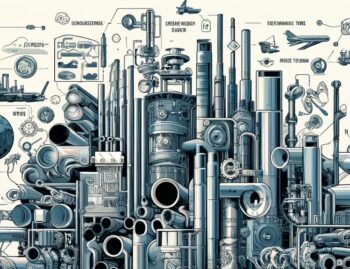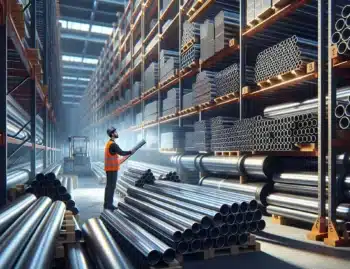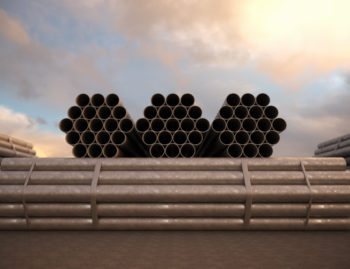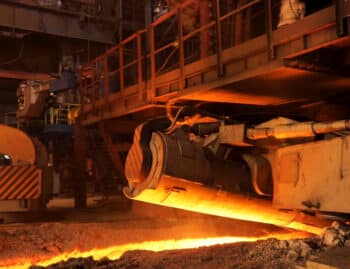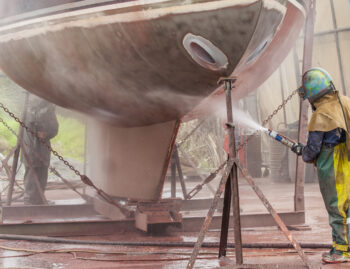The health of Canada’s steel industry depends on two factors: domestic consumption and export.
World Steel Market
It’s no secret that the demand for steel is cyclical. Just as in the oil and gas market, when supply catches up and passes demand, production slows. The supply-demand curve for steel isn’t as dramatic as the boom or bust cycles in oil, but the reality of a precipitous downturn looming in the future is always unsettling.
In 2000, the price of steel was at the current depressed level of $400 a ton for hot-rolled steel. The market rose steadily until the 2008 global economy crises hit. Steel prices plummeted again. Three years later, the market recovered and steel hit $800 a ton. Today, the price has plunged back to the $400 level.
There’s a one-word reason for the current depressed steel market: China.
After a decades-long surge in Chinese manufacturing, their economy has slowed. With an oversupply at home, China’s state-subsidized steel industry is once again dumping their excess steel onto the world market at cut-rate prices. This has caused lower world steel prices in the past year.
Canada and other streel-producing countries like the United States find it hard to compete on the world market with countries like China. Their steel industry operates with cheap labor, low working standards and poor safety and environmental standards, all of which means these countries can produce steel at a much cheaper cost.
The World Steel Association (WSA) recently reported that the short-range global outlook for steel demand for 2016 growing at a meager rate of only 0.7 per cent for every 1.523 billion metric tons.
The forecast is based not only on the leveling off of the Chinese industrial economy but poor recovery in the European market and slow growth in the United States economy.
Hans Kerkhoff of the Worldsteel Economics assessed the 2016 steel market this way: “It is clear that the steel industry has, for the time being, reached the end of a major growth cycle which was based on the rapid economic development of China.”
He predicts another major growth cycle in the steel industry will not occur until another developing country can come along to repeat China’s past success. Other than possibly India, the odds are slim to none that this will happen any time soon.
Domestic Steel Market
The domestic demand for steel in Canada depends on the health of the manufacturing and construction segments in the economy.
Canadian auto sales climbed a stronger-than-expected 3% in 2015 year to a record high 1.90 million units. Unless the Canadian economic growth falters below last year’s 1% pace, expectations are that 2016 passenger vehicle sales meet last year’s record number.
That’s good news for the steel industry in Canada.
For the construction outlook for 2016, the weak oil and gas industry come into play along with the depressed value of the Loonie. Capital spending in the oil and gas sector is expected to drop by some 40 per cent. This drop negatively affects the production of oil-related products like pipeline supplies.
New construction in the non-residential sector is expected to maintain the 2015 pace. New home construction, which does not affect the steel market to any degree, is expected to continue in decline.
The general consensus of forecasts for 2016 and into 2017 for steel manufacturing in Canada is one of guarded optimism. Continued growth in the demand of steel for infrastructure projects and commercial building construction coupled with a healthy automotive industry should help sustain the industry at 2015 levels or better.


